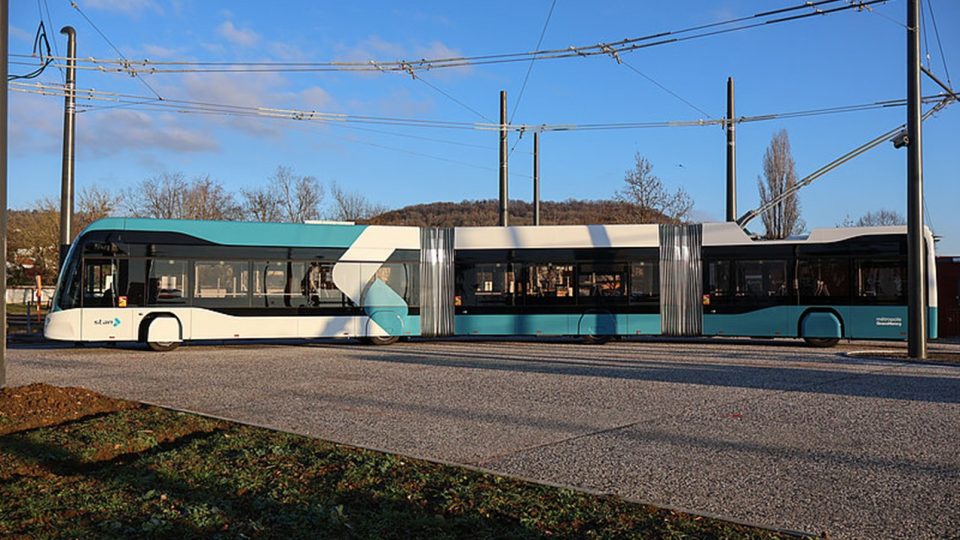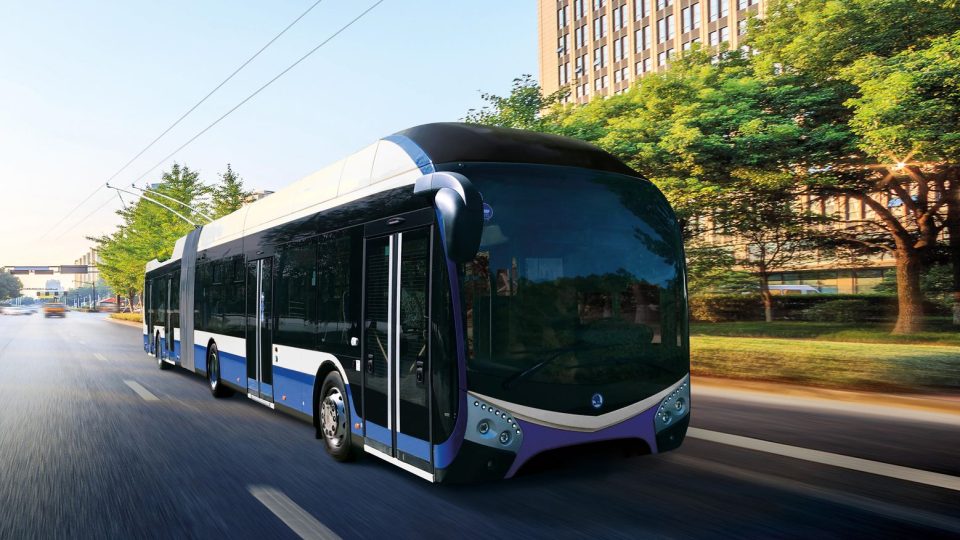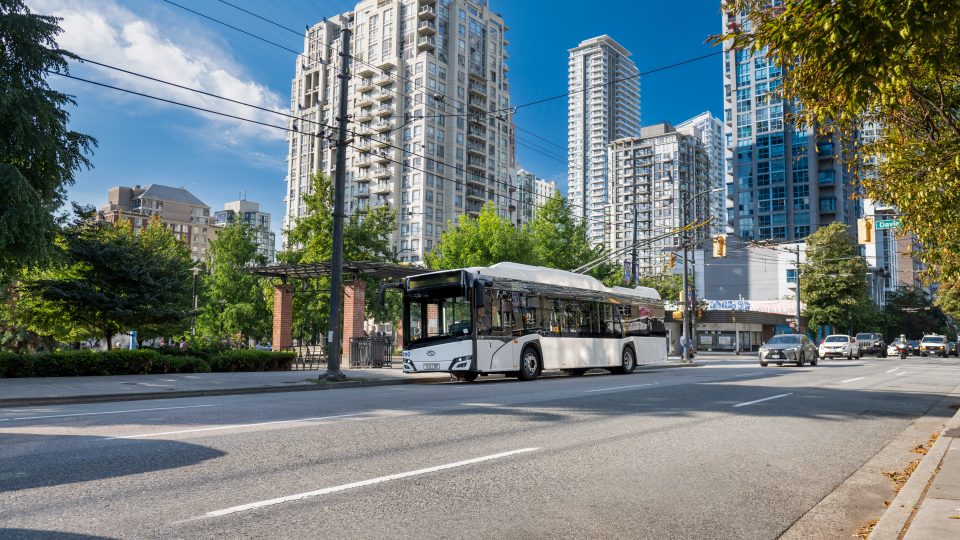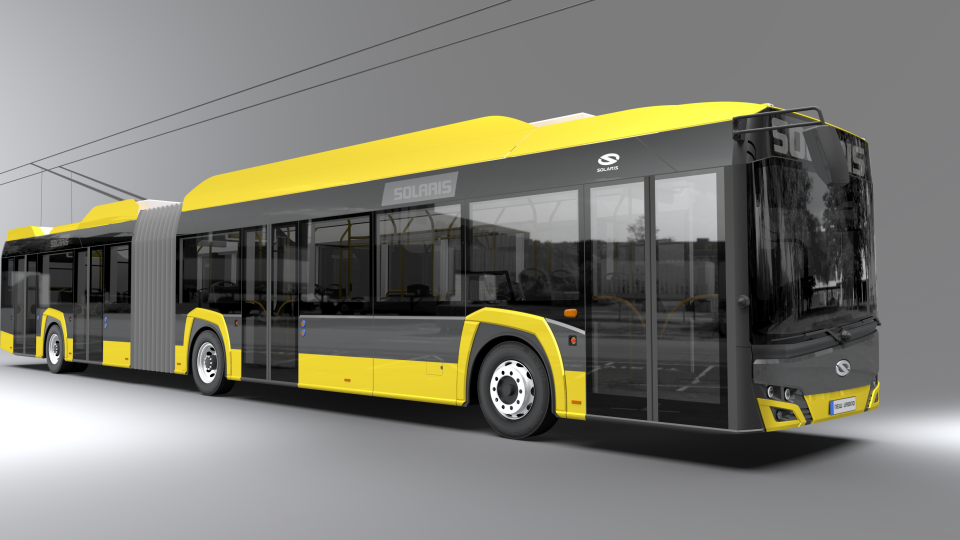60 new trams for Montpellier. With CAF’s signature
CAF Group has won the tender to supply 60 new trams with an option for an additional 17 units, for Metropole Montpellier Mediterranee, a metropolitan area comprising 31 municipalities around the city of Montpellier in the Occitane region. The value of the order exceeds 200 mln euros. The city of Montpellier has 290,000 inhabitants, while […]
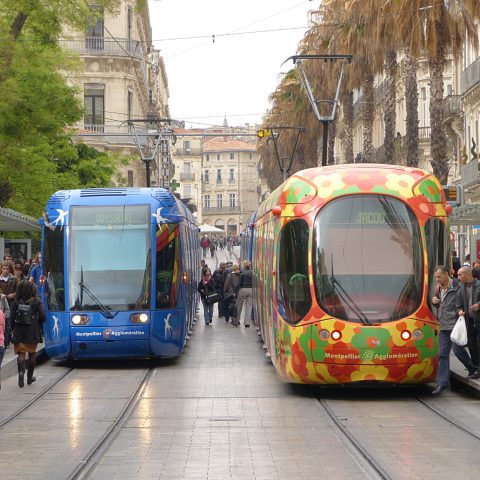
CAF Group has won the tender to supply 60 new trams with an option for an additional 17 units, for Metropole Montpellier Mediterranee, a metropolitan area comprising 31 municipalities around the city of Montpellier in the Occitane region. The value of the order exceeds 200 mln euros. The city of Montpellier has 290,000 inhabitants, while the entire metropolitan area has 787,000 people.
The new streetcars will be derived from CAF’s Urbos platform, will be made of 7 modules, and will meet the criteria of energy efficiency and a high degree of reliability and comfort for passengers.
Montpellier tram network: 60 CAF streetcars coming
The new streetcars will be deployed on Line 1, which currently connects commercial Odysseum with Mosson in the west of the city, and on the future Line 5, and will connect Montpellier with Laverune, Clapiers, Montferrier sur Lez, and Prades-le-Lez, and will also be engaged on future network extensions.
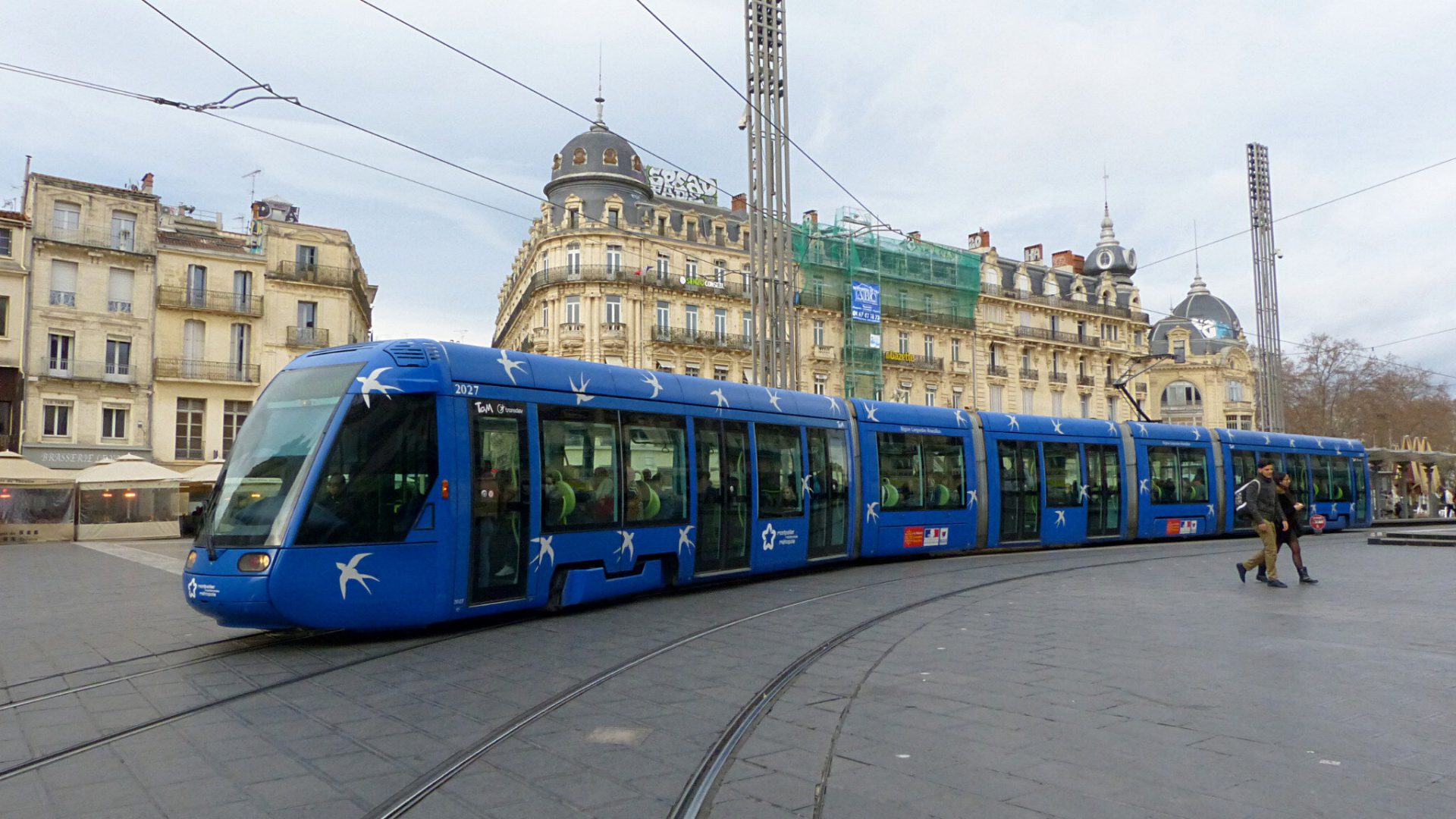
The contract signed by CAF (owner of the European leading electric bus supplier Solaris Bus & Coach) for Montpellier is the largest realized in 2022 in France, testifying to CAF’s commitment to the tramway sector and the dynamism of Metropole Montpellier Mediterranee, which is still improving the public transport offer, a real added value for citizens.
CAF’s presence in the French market is significant. In 2021, 146 trains were supplied for the Paris RER b line; subsequently CAF was awarded the supply of 28 regional trains with an option for another 75 trains. The Spanish company has also supplied streetcars for the cities of Besancon, Nantes, and St. Etienne, and has upgraded trains for the Lyon Metro D line.
CAF is also in the process of acquiring the Reichshoffen production plant, located in the Alsace region of France, which will complement the production complex in Bagnères de Bigorre, strengthening its production and management capacity in France.
A picture of Montpellier tram network
The current fleet consists of 75 cars, made by Alstom: 30 vehicles are Citadis 401 type, 40.9 meters in length, 27 streetcars are Citadis 402 of 32.5 meters in length, and the last 18 are also Citadis but of type 402, an impressive 42 meters in length. The cars have dedicated livery and decoration depending on the lines they run.
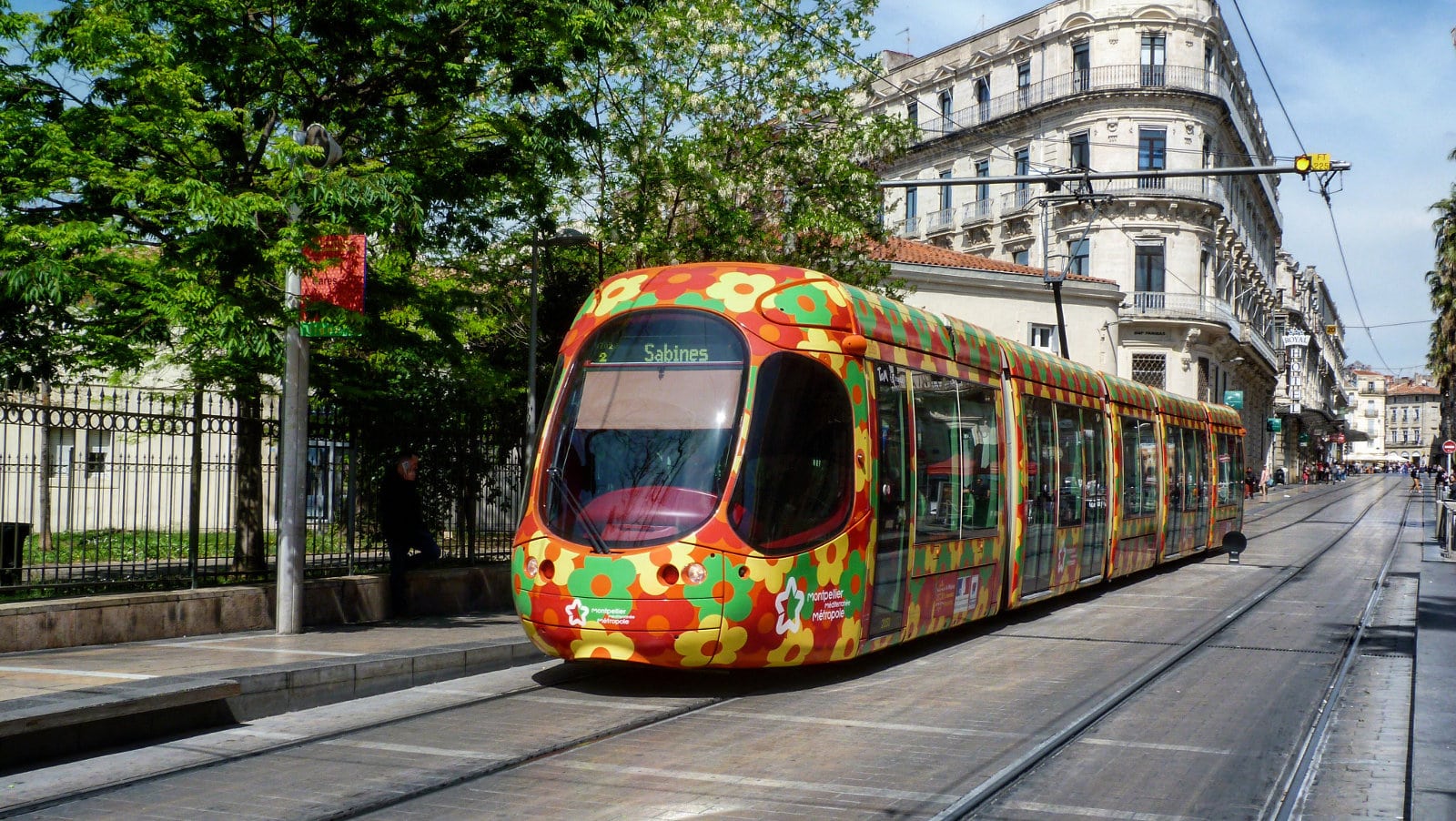
Montpellier’s tram network is managed by TaM (Transport de l’agglomeration de Montpellier), which operates a network of 4 lines, developing 56 km. In addition to the city of Montpellier, the network serves 8 municipalities in the metropolitan area and allows 45 per cent of workers and 50 per cento of the population to be transported with a quality service. TaM also operates 36 bus lines and the city’s Bike Sharing system.
282,000 passengers are carried daily, including 130,000 on Line 1, 60,000 on Line 2, 77,000 on Line 3, and 15,000 on Line 4.
- Line 1 is about 15.7 km long, has 30 stops and 8 interchanges, with an average commercial speed of 20 km/h, and is entirely operational in the territory of Montpellier.
- Line 2, 19 km long with 29 stops, serves not only the city of Montpellier, but also the neighboring villages of Jacou, Castelnau le Lez, and Saint Jean de Vedas.
- Line 3, 17.2 km long, with 27 stops, has 7 interchanges and intercepts major points of attraction and services such as the new city hall, train station, numerous school complexes, tertiary districts, exhibition parks, and major commercial areas (Parc 2000, RD 21, etc.); the line also serves the villages of Luvignac, Lattes, and Perols.
- Line 4, 8.6 km long, has 17 stops and 10 interchanges, serves the train station, various sports complexes, and the media library.
All lines converge and interchange at the St. Roch train station. The system features high frequency, with crossings on average throughout the day every 5-8 minutes, wide is the daily hourly coverage, from about 4 am to 2 am.
by Stefano Alfano


